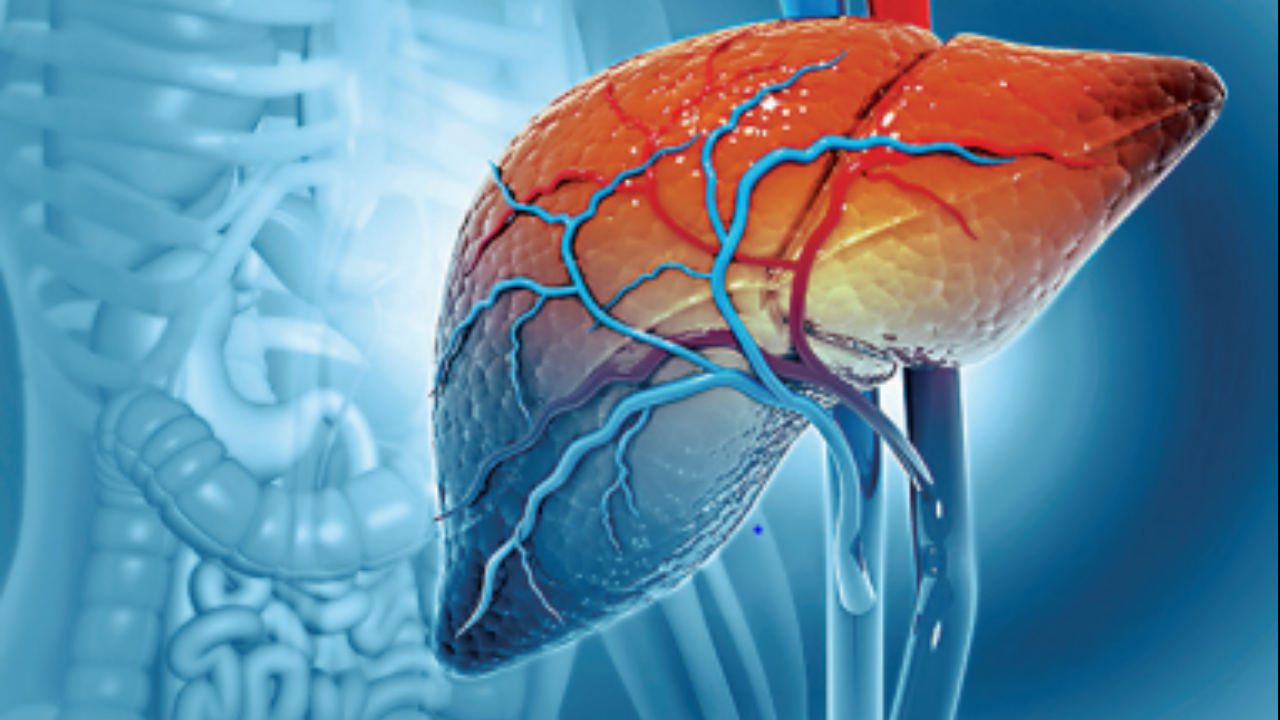Free Courses Sale ends Soon, Get It Now


Free Courses Sale ends Soon, Get It Now



Source: ET
Disclaimer: Copyright infringement not intended.
Context
Details
Key points highlighted in the report
What is Hepatitis?
Types of Hepatitis:
Symptoms of Hepatitis:
Diagnosis:
Treatment:
Prevention:
Conclusion
Hepatitis is a significant global health concern, affecting millions of people each year. While vaccination and advancements in treatment have improved outcomes for many patients, raising awareness about prevention, early detection, and access to healthcare services remain crucial in the fight against hepatitis-related liver diseases.
Government initiatives to tackle hepatitis:
Sources:
|
PRACTICE QUESTION Q. While vaccination and advancements in treatment have improved outcomes for many patients, raising awareness about prevention, early detection, and access to healthcare services remain crucial. Discuss in the context of WHO's 2024 Global Hepatitis Report. (250 Words) |
© 2024 iasgyan. All right reserved